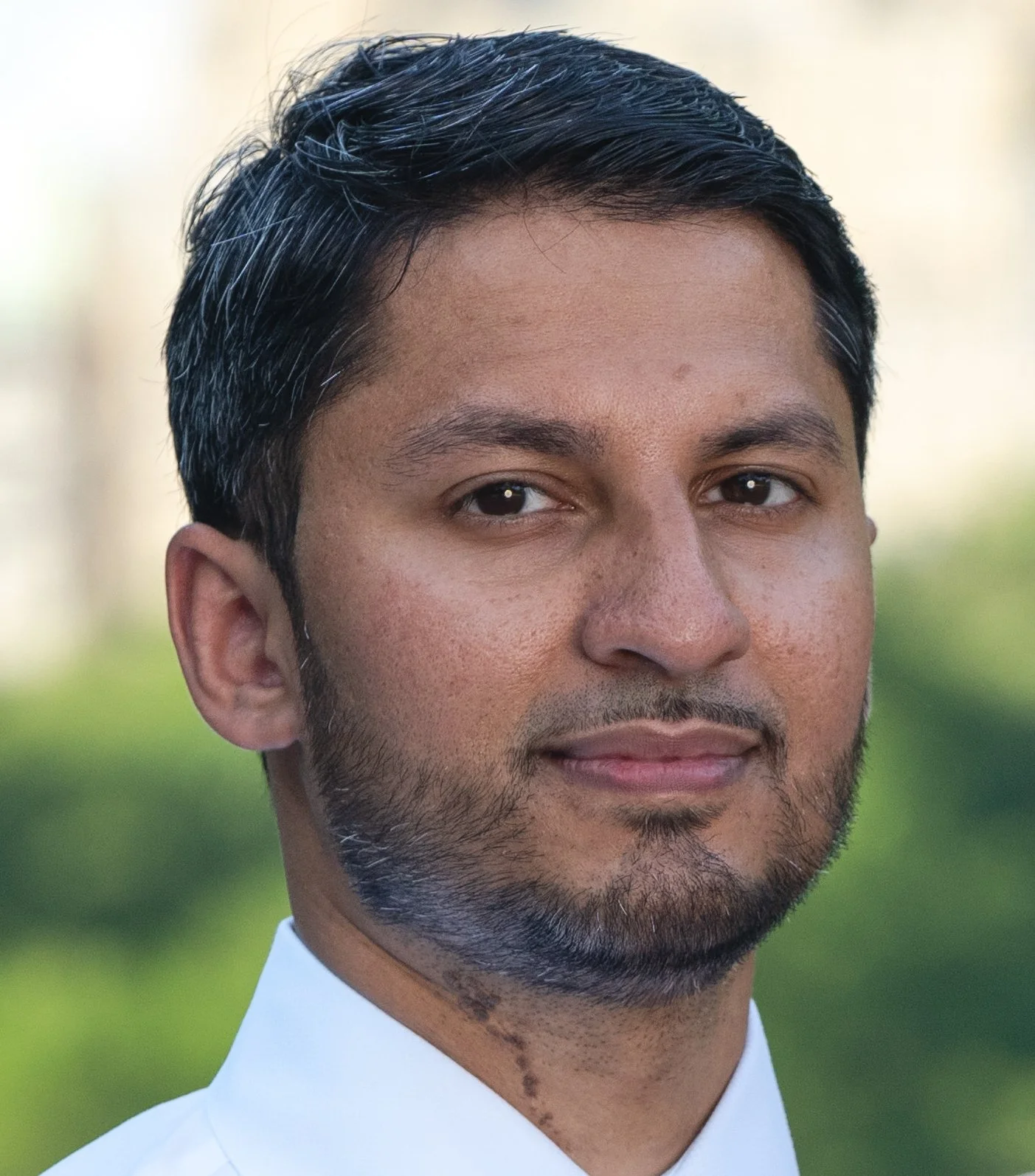How to Choose the Right CPR Certification Course
Whether you’re a medical professional, a teacher, a personal trainer, or a concerned parent, getting CPR certified is a powerful step toward saving lives. But with multiple types of CPR courses available — like BLS, ACLS, PALS, and Heartsaver — how do you know which one is right for you?
In this guide, we’ll break down the differences between CPR certification types and help you choose the best one based on your career, goals, and schedule.
Why CPR Certification Matters
Sudden cardiac arrest is a leading cause of death in the U.S.
Immediate CPR can double or triple a person’s chances of survival.
Many jobs — especially in healthcare, education, and fitness — require valid CPR certification.
Plus, CPR training builds confidence to act during emergencies, even at home.
4 Main Types of CPR Certification
1. Basic Life Support (BLS)
Required for most healthcare providers (nurses, EMTs, dental staff, etc.)
Covers adult, child, and infant CPR, AED use, and team-based response
Certification: American Heart Association BLS Provider Card
Best for: Medical professionals and clinical workers
Length: ~4 hours (can be completed in one session; available in-person or blended format)
Want to get BLS certified?
👉 Book a BLS course near you
2. Advanced Cardiac Life Support (ACLS)
Builds on BLS with advanced cardiac assessment, medication use, and airway management
Required for doctors, paramedics, and critical care staff
Best for: Physicians, paramedics, RNs in hospitals, and anyone in critical/emergency care roles
Length: ~12–16 hours (in-depth training, often 2-day format; requires precourse assessment)
Want to get ACLS certified?
👉 Book a ACLS course near you
3. Pediatric Advanced Life Support (PALS)
Focuses specifically on infant and child emergencies
Required in pediatric and neonatal units
Best for: Pediatric nurses, paramedics, and physicians
Length: ~12–16 hours (similar to ACLS but pediatric-specific; includes hands-on scenarios)
Want to get PALS certified?
👉 Book a PALS course near you
4. Heartsaver CPR/AED
Non-clinical course for workplace or community responders
Includes adult/child CPR and AED use; optional First Aid module
Best for: Teachers, coaches, personal trainers, babysitters, lifeguards, and general public
Length: ~2.5–3 hours (available in-person or blended format with online component)
Want to get certified?
👉 Book a Heartsaver course near you
How to Pick the Right CPR Class
Ask Yourself:
What’s your profession?
Is CPR a job requirement?
Will you be treating adults, children, or both?
Are you renewing an old certification?
Quick Match Guide:
| Course | Audience | Includes AED? | Pediatric Focus? | Cert Validity |
|---|---|---|---|---|
| BLS | Healthcare Professionals | ✔️ | ✔️ | 2 years |
| Heartsaver CPR/AED | General Public | ✔️ | ✔️ | 2 years |
| ACLS | Advanced Providers | ✔️ | ❌ | 2 years |
| PALS | Pediatric/ER Professionals | ✔️ | ✔️ | 2 years |
Where to Get CPR Certified in Brooklyn?
GEAR UP with CPR offers AHA-certified BLS, ACLS, PALS, and Heartsaver courses right here in Brooklyn. Classes are led by real healthcare professionals and held in clean, comfortable training centers — or available as blended learning with online coursework and in-person skills testing.
✔️ Same-day certifications
✔️ Flexible scheduling
✔️ Group and workplace training available
The right CPR course can open new career opportunities — and help you save a life when it matters most. No matter your background, GEAR UP with CPR has a class that fits your needs.
📍 Whether you’re in Brooklyn, Queens, Manhattan, Long Island — GEAR UP with CPR has the right course for you.
💡 Book your BLS, ACLS, PALS, or Heartsaver course today and get certified by real healthcare professionals.
Ready to get certified?

